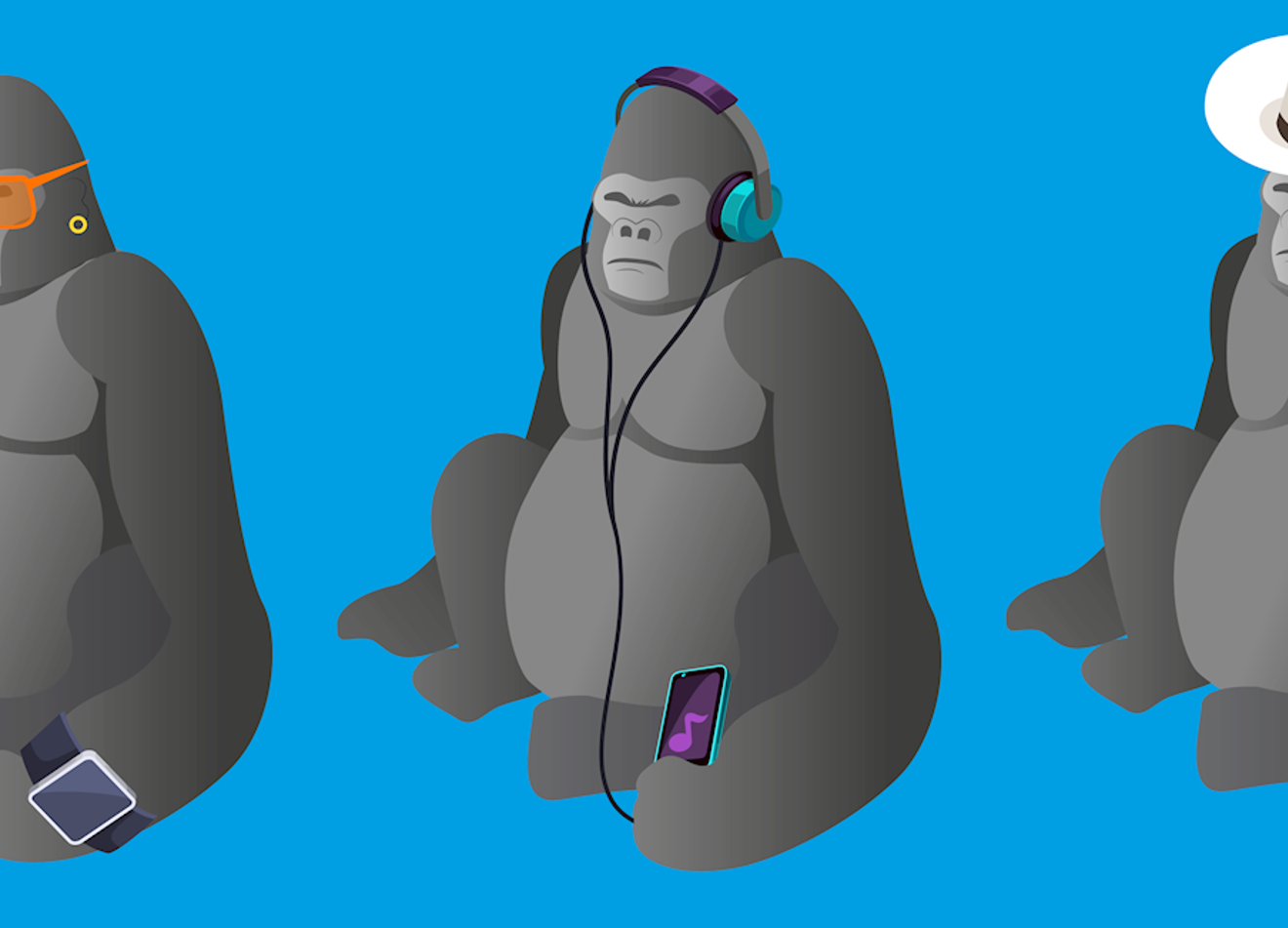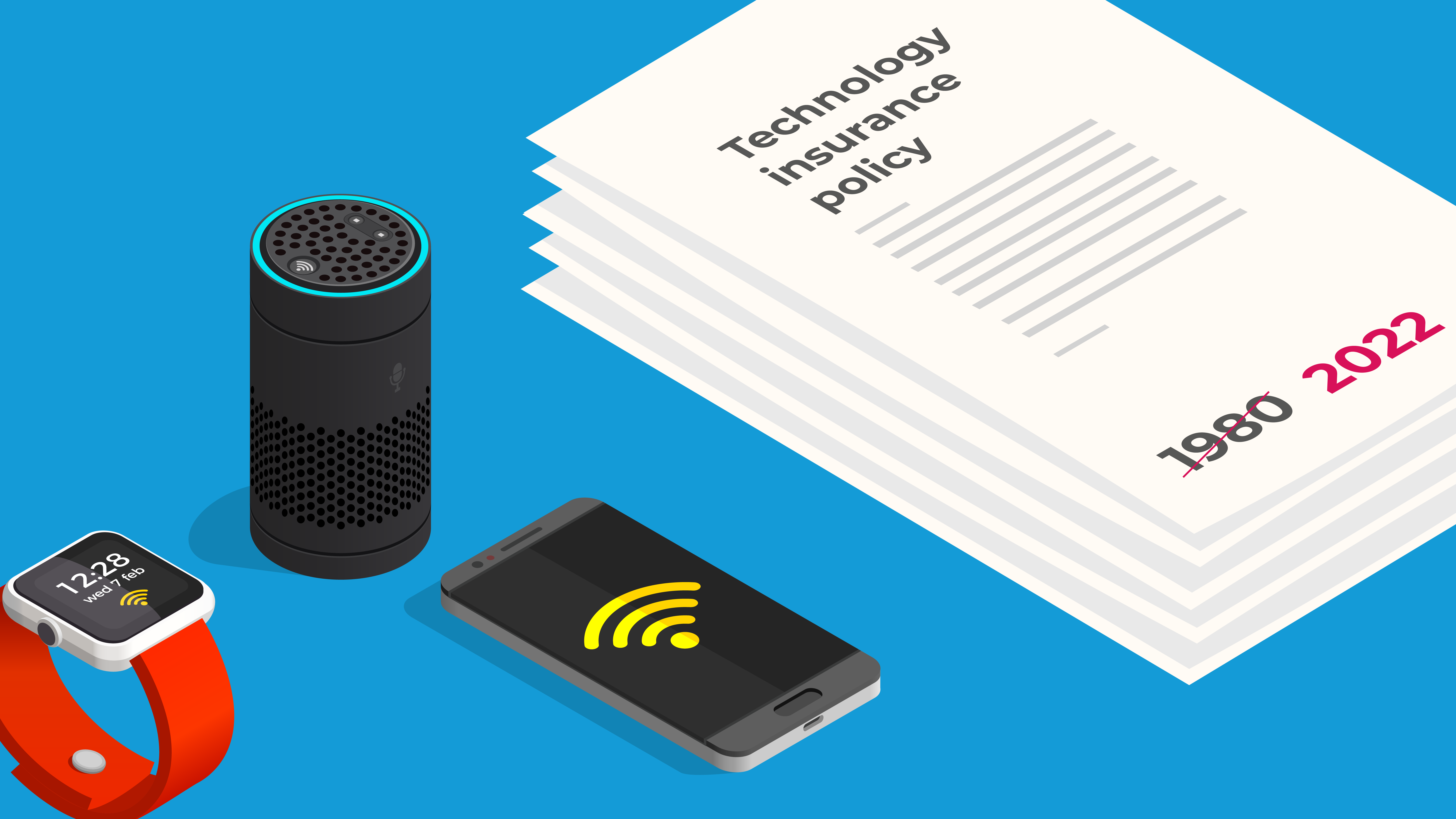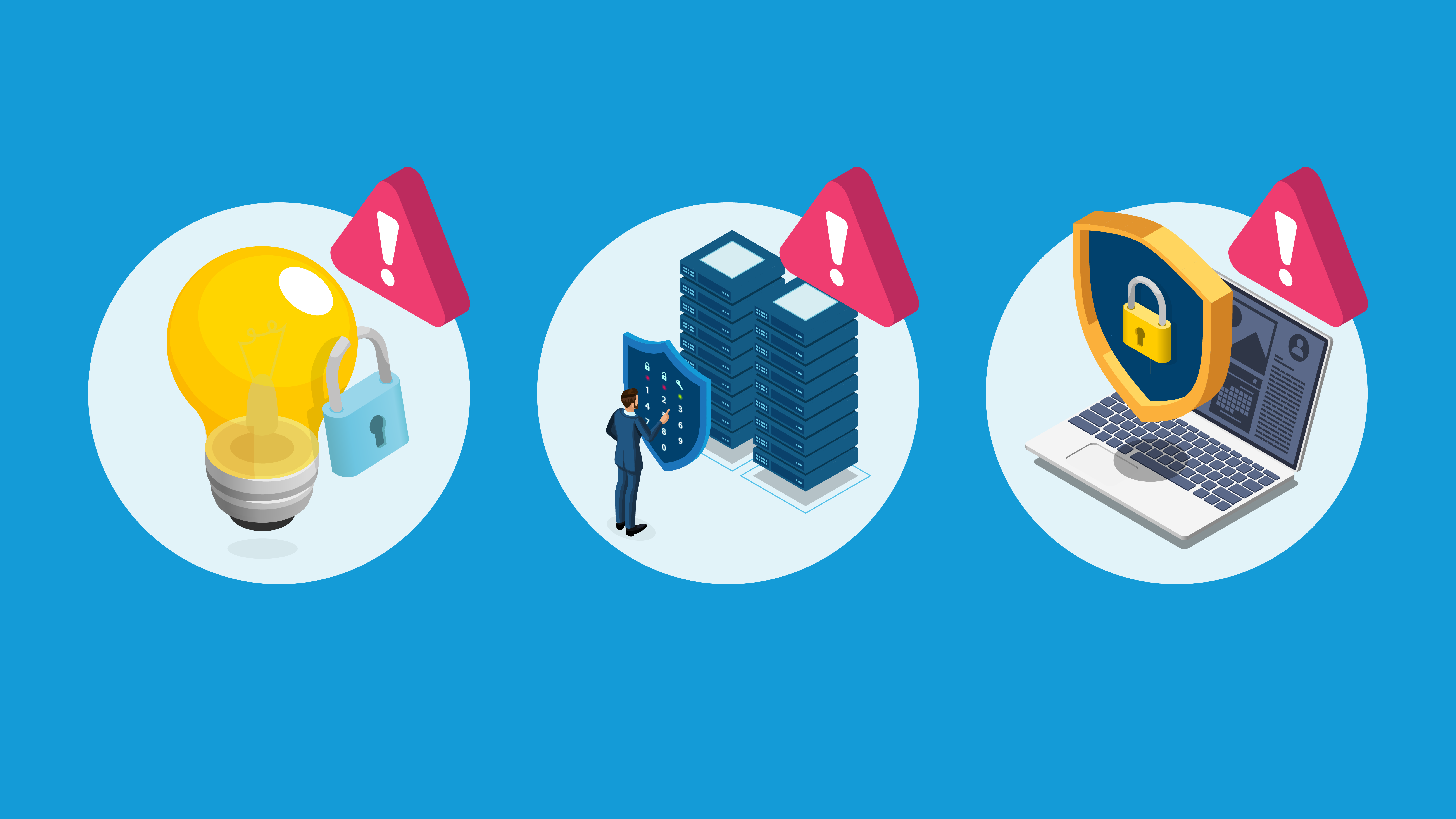But what are they? And are they a fad or here to stay? We’ve answered the top 5 questions about NFTs.
What are NFTs?
An NFT is a blockchain held token that at its most simplistic is a certificate of ownership over an original item, typically (but not always) a digital asset, such as artwork, audio, videos or even memes. As digital assets are so easily shared, downloaded or copied this provides ownership to one person for the original. In real art terms think of it like the fact that anyone can own a print of Van Gogh’s, The Starry Night, but there is only one original. The NFT is akin to owning an original digital asset.
By definition, fungible means replaceable or interchangeable, so a non-fungible item is the opposite, meaning it is unique and cannot be replaced by something else. For example, currency (including cryptocurrency) is fungible as you can exchange £1 coin for another and you’ll have the same thing, but an NFT is one of a kind.
Are NFTs and cryptocurrency the same?
No. The confusion usually stems from them both being stored on a blockchain. Cryptocurrency is essentially a coin and operates more like traditional money and is native to a blockchain. NFTs are more like digital deeds and are created on a blockchain. The biggest differentiation between the cryptocurrency or coins is that cryptocurrencies have their own blockchains, whereas NFTs are built on an existing blockchain. So for example on the Ethereum blockchain, the cryptocurrency native to the chain is Ether but the Ethereum blockchain is the most commonly used blockchain for the creation of NFTs.
What is an NFT marketplace?
An NFT marketplace is a platform that allows the buying and selling of NFTs. It’s like any large ecommerce site, but just for NFTs. There are many marketplaces which provide the minting process, which is how an NFT is created and becomes live on a marketplace for sale. Compared to traditional online marketplaces, purchasing fungible assets can be more time consuming and costly. To be a part of the NFT marketplace users are required to have a crypto wallet to store their cryptocurrency after selling an NFT.
Can NFTs be copied?
It’s the token that is the valuable part of the NFT which cannot be copied. However, this does not mean the asset itself cannot. Think of the token as an artist’s signature on a famous painting, while the painting can be copied, it’s the artist’s signature (or token) which makes it authentic.
When did NFTs become so popular?
In 2014 a digital artist minted the first NFT, Quantum. Following this, various other games, and platforms started utilizing NFTs and popularity started to build. But it was 2021 which saw the biggest boom, with the likes of Bored Ape Yacht Club attracting the attention of Eminem, Paris Hilton, and Snoop Dogg. McDonalds created the McRibNFT for a Twitter campaign, and the Kings of Leon’s NFT provided fans with a limited-edition vinyl and front row seats to future concerts. And little old Quantum was sold for over $1.4 million in a Sotheby auction.
The digital transformation of collectibles through NFTs enabled brands to engage with customers in new ways. Companies across the tech and media sectors are finding unique ways to implement NFTs into their products and services – whether this be in their games to add player engagement, or as part of a marketing strategy on behalf of their customers. The virtual platform Decentral held its first fashion show including famous designer brands such as Dolce & Gabbana and Paco Rabanne.
From a brand perspective investing into NFTs may be an inventive way to engage with their users and to build a sense of community. NFTs can be used to raise funds for charitable causes and to deliver unique experiences to their customers.
But are they a fad or are they the future?
We’d be happy to talk about NFTs in these sectors or any IP queries you have about businesses in the NFT space. Get in touch with our tech, media, or IP teams.



